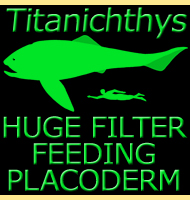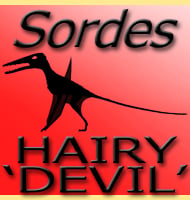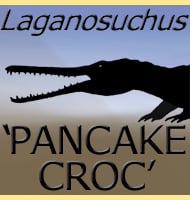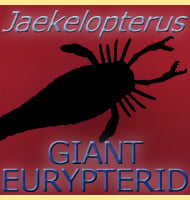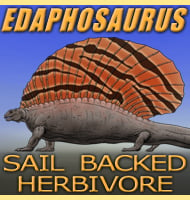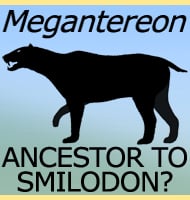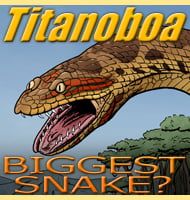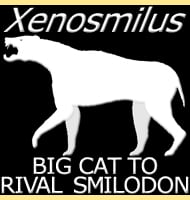In Depth
Rhabdodon is for lack of a better term a puzzle. Although usually described as an iguanodont, Rhabdodon has also been considered as a hypsilophodont, and on top of this it has also been described as a ‘missing link’ between these two groups of dinosaurs. To further the confusion however, Rhabdodon lived in the late Cretaceous period, long after these two groups diverged from another. If Rhabdodon is indeed the form of this proposed missing link, then it is likely a very late surviving example of these dinosaurs, assuming of course it is not a case of evolution repeating itself.
Rhabdodon also has a complex classification history. Other similar dinosaurs have been treated as being similar to it while some have actually been suggested to be synonyms of it. Perhaps the best example here is Mochlodon which started out life as a species of Iguanodon before being raised as its own genus. Later study suggested it was a synonym to Rhabdodon, though usually it is still regarded as a distinct genus, despite some sources labelling it as a synonym. In addition, Rhabdodon is thought to be closely related to the dinosaur Zalmoxes which was established upon fossils originally assigned to Rhabdodon. However Zalmoxes has also been treated as being similar to Mochlodon to the point that some palaeontologists have suggested that it could be a synonym. If confirmed, and the other idea about Mochlodon being a synonym to Rhabdodon can be firmly established, then this genus too would become part of Rhabdodon once again.
The relatively large number of Rhabdodon remains indicates that it was one of the principal plant eating dinosaurs of Europe during the late Cretaceous. Back in the Cretaceous Europe was not the complete single land mass that we know today, so the relatively small size of Rhabdodon would have been a significant benefit for the genus in helping it to thrive in areas of limited surface area. Perhaps the best example here is the increasingly famous Hateg Island, an island community of dwarf dinosaurs that grew smaller than their mainland counterparts. The large population numbers combined with small body size of Rhabdodon meant that it was probably one of the keystone prey species of European ecosystems, though most of the known large theropod dinosaurs of this time seem to have lived far away on other continents such as Asia, North America and South America. However the exact adult size of Rhabdodon adults seems to vary considerably, with the remains of adults seemingly coming from individuals between four and six meters in length.
Threats however still existed with smaller dromaeosaurids having both speed and striking power to take down prey the size of Rhabdodon. One particular genus in mind could be Balaur, a multi sickle clawed dromaeosaurid seemingly built more for striking power than speed though probably still easily fast enough to chase and catch a dinosaur like Rhabdodon.
Further Reading
– Note sur les reptiles fossiles des d�p�ts fulvio-lacustres cr�taces du bassin � lignite de Fuveau [Note on the fossil reptiles from the fluvio-lacustrine deposits of the Fuveau lignite basin]. – Bulletin de la Soci�t� g�ologique de France, s�rie 2 26:781-795. – P. Matheron – 1869. – Rhabdodon Matheron, 1869 (Reptilia, Ornithischia): Proposed conservation by suppression of Rhabdodon Fleischmann, 1831 (Reptilia, Serpentes). Case 2536. – Bulletin of Zoological Nomenclature 43: 269-272. – W. Brinkmann – 1986. – Rhabdodon Matheron, 1869 (Reptilia, Ornithischia): Conserved. – Bulletin of Zoological Nomenclature 45: 85-86. – ICZN Opinion 1483 – 1988. – Phylogeny, Histology and Inferred Body Size Evolution in a New Rhabdodontid Dinosaur from the Late Cretaceous of Hungary. – PLoS One. 2012; 7(9): e44318. – Attila Ősi, Edina Prondvai, Richard Butler & David B. Weishampel – 2012.

